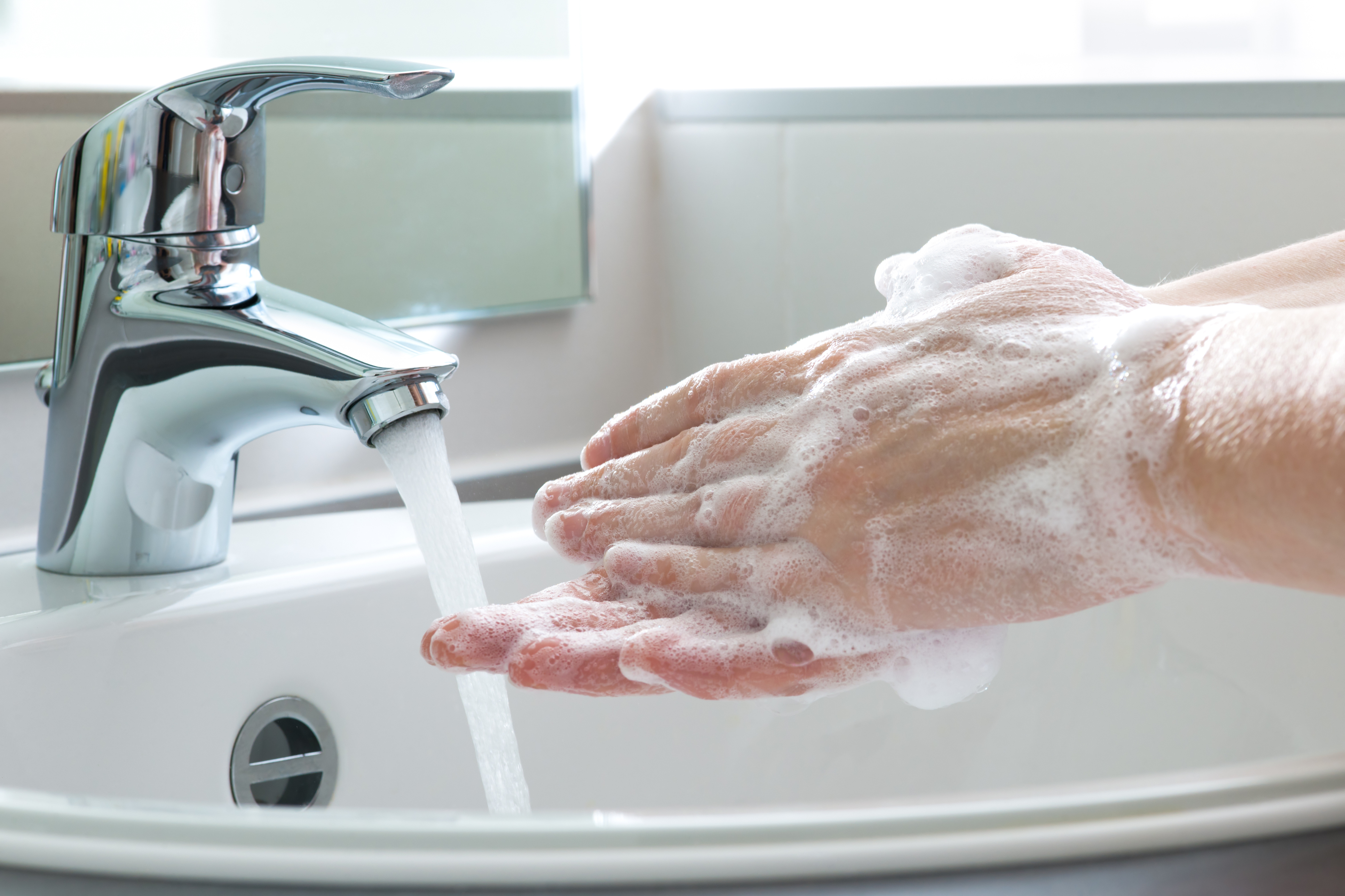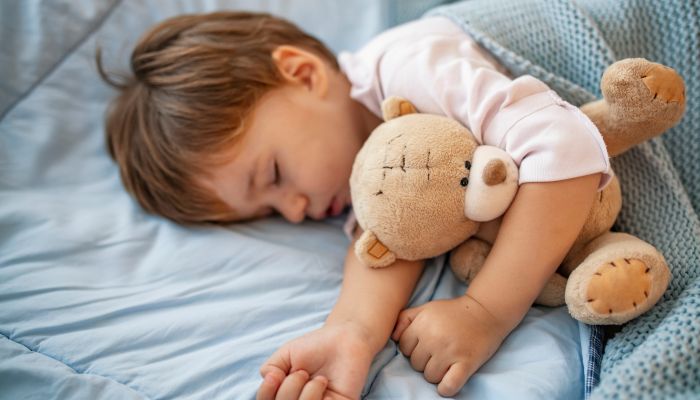Handwashing after using the toilet is essential to prevent the spread of germs and bacteria onto other objects and surfaces. According to the centers for disease control and prevention, germs such as salmonella, e.coli, and norovirus can be present on our hands after using the toilet or changing a diaper.
Washing hands after using the toilet helps maintain hygiene and reduce the risk of transferring these harmful pathogens to others by touching objects or surfaces.


Credit: www.initial.co.uk
Why Handwashing After Potty Is Vital
Handwashing after using the bathroom is vital for maintaining proper hand hygiene. Failure to do so can lead to potential health risks.
Improper handwashing can allow germs like salmonella, e. coli, and norovirus to stay on your hands. These germs can then spread to other surfaces and objects.
Proper handwashing after using the toilet helps prevent the spread of germs and diseases through fecal contamination.
It is important to understand the significance of hand hygiene and its role in maintaining good health. By washing hands properly and regularly after using the bathroom, we can protect ourselves and others from harmful germs and maintain a clean and hygienic environment.
Proper Handwashing Technique
Handwashing after using the toilet is crucial to prevent the spread of germs.
Follow these steps for proper handwashing technique: wet your hands with clean running water, apply enough soap to cover all hand surfaces, scrub your hands thoroughly for at least 20 seconds, rinse your hands under running water, and dry them with a clean towel or air-dry.
In situations where soap and water are not available, you can use a hand sanitizer as an alternative.
By practicing this step-by-step guide to effective handwashing, you can help protect yourself and others from harmful bacteria and viruses. Remember, proper handwashing is an essential habit that should be followed every time you use the toilet.
Common Handwashing Mistakes To Avoid
Proper handwashing after using the toilet is crucial in maintaining good hygiene and preventing the spread of germs.
However, many people unknowingly make common mistakes when washing their hands.
One common error is not using soap or not using enough soap, which is essential for effectively removing bacteria and pathogens.
Another mistake is not scrubbing for a sufficient amount of time; a quick rinse is not enough.
Additionally, some individuals neglect the importance of rinsing thoroughly, leaving behind residual soap. Improper drying techniques, such as using a dirty towel, can also compromise hand hygiene.
Lastly, people often forget to use hand sanitizers when regular handwashing facilities are unavailable. By avoiding these common handwashing mistakes, we can ensure better protection against illness-causing germs.
The Consequences Of Insufficient Handwashing
Insufficient handwashing after using the toilet can have serious consequences. Not washing your hands properly can lead to the spread of bacterial and viral infections.
This can put you and those around you at risk for illnesses, especially gastrointestinal ones.
Additionally, failing to wash your hands can result in harmful pathogens being transmitted to surfaces and objects, increasing the risk of contamination.
Proper handwashing is crucial for personal and public health, as it helps prevent the spread of germs and maintain a clean environment.
Taking the time to wash your hands thoroughly after using the toilet is a simple yet effective way to protect yourself and others from potential harm.
Teaching Children Proper Handwashing After Potty
Teaching children proper handwashing after using the toilet is crucial for maintaining good hygiene. It is important to teach them age-appropriate handwashing techniques to ensure effective cleaning.
Encourage children to wash their hands for at least 20 seconds using soap and water.
One effective way to make handwashing fun is to utilize engaging handwashing songs or rhymes that they can sing along to.
Creating a routine around handwashing can help reinforce good hygiene habits. As a parent or guardian, it is essential to lead by example and demonstrate proper handwashing techniques yourself.
By following these tips, we can teach children the importance of washing hands after using the toilet and help prevent the spread of germs and diseases.
Promoting Handwashing After Potty In Public Spaces
Improving hand hygiene after using the toilet in public spaces is crucial. One way to achieve this is by ensuring there are clean and well-stocked handwashing facilities readily available.
Additionally, educating the public about the importance of handwashing can help raise awareness and encourage behavior change.
Another effective strategy is implementing proper signage and reminders in restrooms, reminding individuals to wash their hands properly.
Finally, collaboration with schools, workplaces, and community organizations can promote a culture of hand hygiene, making it a priority for everyone.
By considering these strategies, public spaces can play a vital role in promoting handwashing after using the toilet, ultimately reducing the spread of germs and protecting public health.
Frequently Asked Questions Of Handwashing After Potty
Is It Normal To Wash Your Hands After Peeing?
It is essential to wash your hands after peeing. When using the toilet, germs like salmonella, e. coli, and norovirus can get onto your hands.
These germs can then spread to other things and potentially make you sick. Washing your hands after peeing helps remove these harmful germs and prevent their transmission.
Touching surfaces like toilet seats and various objects can also transfer germs onto your hands. Therefore, washing your hands after using the toilet is important for maintaining personal hygiene and reducing the risk of infection.
Should You Wash Your Hands After Touching The Toilet Seat?
It is recommended to wash your hands after touching the toilet seat. Germs can transfer onto your hands when you touch anything, including a toilet seat.
Bathroom surfaces, including toilet seats, can be contaminated with bacteria, viruses, and other pathogens.
Washing your hands with soap and water helps to remove these germs and reduce the risk of spreading them to other surfaces or to other people.
Handwashing is especially important after using the toilet because there is a higher chance of coming into contact with fecal particles.
So, make sure to wash your hands thoroughly to protect yourself and others from potential infections.
Why Do People Wash Their Hands After Using The Toilet?
After using the toilet, people wash their hands to prevent the spread of germs. Germs like salmonella, e. coli, and norovirus can get onto your hands during bathroom use and can then be transferred to other surfaces.
Washing your hands helps to remove these harmful bacteria and reduce the risk of spreading illness.
It is especially important to wash your hands after using the toilet because there is a higher chance of coming into contact with feces particles, which can contain a large number of bacteria.
By washing your hands with soap and water for at least 20 seconds, you can effectively remove germs and protect yourself and others from getting sick.
Should You Wash Your Hands After Picking Up Dog Poop?
Yes, you should wash your hands after picking up dog poop. Germs like salmonella and e. coli can be present in dog feces and can easily transfer to your hands.
Washing your hands with soap and water for at least 20 seconds helps remove these harmful bacteria and prevents the spread of infection.
It is especially important to wash your hands after handling dog poop to protect yourself and others from potential illness.
Remember to use warm water and lather your hands thoroughly, including between your fingers and under your nails. Rinse well and dry your hands with a clean towel or air dry.
Proper hand hygiene is a simple and effective way to maintain good health and prevent the transmission of germs.
Conclusion
Your hands after using the toilet is crucial for maintaining good hygiene. Not only can germs like salmonella, e. coli, and norovirus be present on your hands after using the toilet, but they can also spread onto other surfaces and objects you touch.
By regularly practicing proper handwashing techniques, you can effectively remove these harmful bacteria and prevent the spread of infections.
Remember to use soap and warm water, scrub your hands for at least 20 seconds, and dry them thoroughly with a clean towel or air dryer.
Handwashing is especially important for children, who may not always have the best hygiene habits.
By instilling proper handwashing practices early on, you can help them develop healthy habits that will stay with them throughout their lives. So, don’t forget to wash your hands after every trip to the potty!



